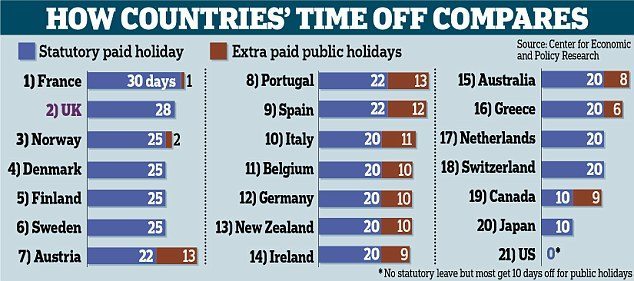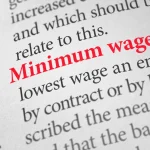This weeks Knowledge Nugget is about holiday entitlement and pay for your employees. There is a minimum amount of holiday that you have to allow each employee, accrued based on hours worked and their contract. Quite often employers will offer more holiday as an incentive or as a reward for long service. This should point you in the right direction to ensure you’re getting it right and taking care of your employees.
Holiday Entitlement
All workers are entitled to a minimum of 5.6 weeks holiday per year. For a full time (5 day week) worker this is 28 days. A part-time worker is also entitled to 5.6 weeks, however will equate to less than 28 days.
For example, an employee working 3 days each week will be entitled to three fifths of 28 days, equalling 16.8 days. However this will still allow then the statutory 5.6 weeks leave.
Annual leave begins to accrue as soon as an employee start their job. The employer has the option to give leave based on either a ‘accrual’ system or on a ‘leave year’ system.
The employer must tell the employee where the leave year starts within their employment contract. If the employer does not set this out it will start on the day their employment commenced.
Alternatively during the first year of an employees employment, the employer can use an accrual system to work out how much annual leave the employee has accrued. For example, by the third month they’d be entitled to a quarter of their total leave, eg 7 days out of 28 for a 5-day week.
Holiday continues to accrue during maternity, paternity and adoption leave.
Holiday Pay
An employee is entitled to a weeks pay for each weeks holiday they take up to their holiday entitlement. Pay is worked out in different ways dependent upon the employees working pattern.
- An employee on fixed hours and fixed pay is paid based on the normal pay the employee would receive for a weeks work.
- Employees on shift work with fixed hours are paid a weeks pay, based on the average number of weekly fixed hours the employee worked in the previous 12 weeks at their average hourly rate.
- An employee with no fixed hours (casual worker) is paid a weeks pay based on the average pay the employee received over the previous 12 weeks (in which they were paid).
When calculating average hourly pay, the number of hours worked over the previous 12 weeks, and the pay received for that work should be taken into account. If there is an unpaid week within the previous 12 weeks, go back an extra week to ensure the average is worked out over 12 working weeks.
A method of holiday pay, known as Rolled-Up Holiday Pay was used previously. Holiday pay was included in with the weekly or monthly pay and paid each pay period. This meant that the employee was not paid when they took holiday, as the holiday pay had been paid at accrual. If this method of holiday pay is used, it must be stopped and if a current employment contract still includes rolled-up pay, it needs to be renegotiated.
This is a very brief outline of holiday accrual and pay. Further information can be found at HMRC Holiday Entitlement, or The ACAS Website
Whilst researching, I found an interesting set of facts on how much statutory holiday other countries allow their employees. Enjoy over a coffee break, you’re entitled after all!






